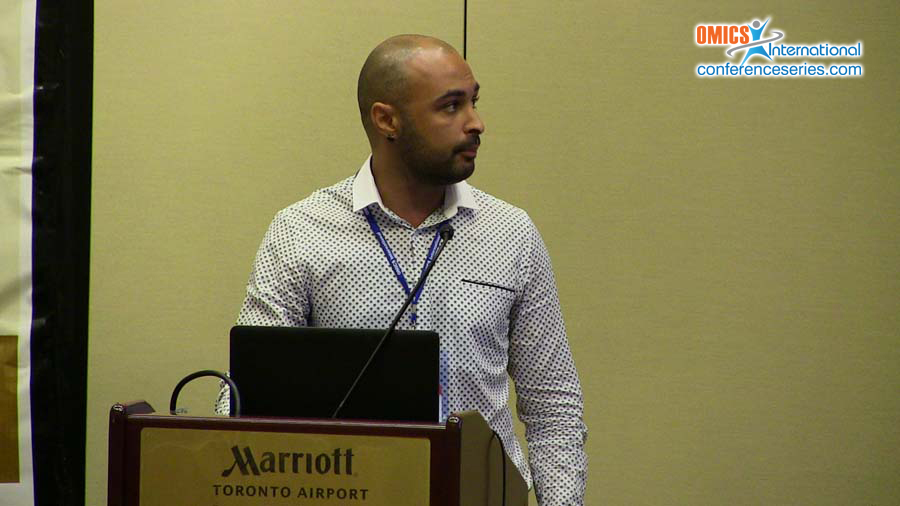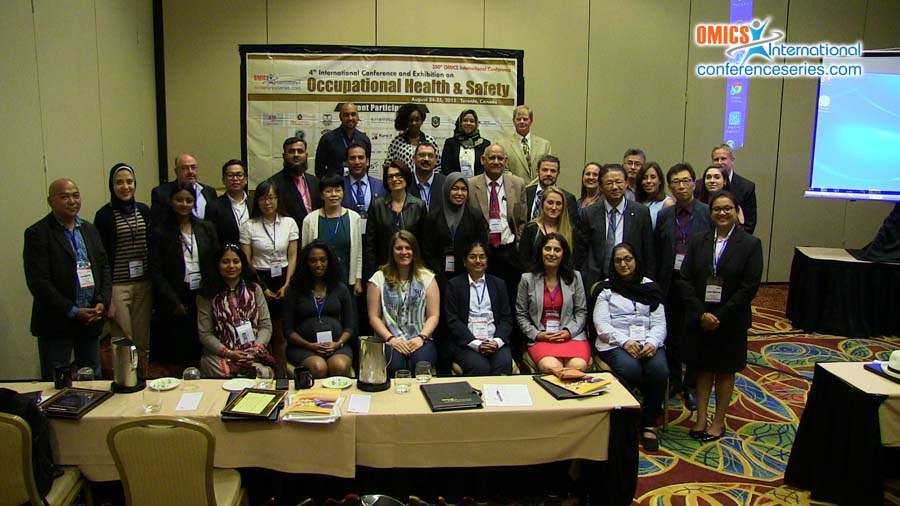Hamza M bareche
Laval University, Canada
Title: Preferential aerosolization of bacteria in the air of different composting plants
Biography
Biography: Hamza M bareche
Abstract
Bio aerosols are generally characterized as biological particles suspended in the air. Mechanical, Physical and seasonal factors affect the concentration of bio aerosols released from composting plants and thus, the exposure of workers. The morphological and biochemical differences between different microorganisms may affect their potential to be aerosolized, although this phenomenon has not been well described. From this perspective, differential aerosolization of certain pathogenic microbes found in compost deserves to be studied in order to better understand the factors involved in occupational exposure. The goal of this study was to explore, using next generation sequencing, the preferential aerosolization of microorganisms in different composting plants and see if the compost microbial population and diversity differs from that of bio aerosols. Results suggest that Bacteroidetes, Firmicutes, Proteobacteria and Actinobacteria constituted the major phyla of bacteria found in bio aerosols released from compost. There is an obvious link between microorganisms found in the air and in compost samples. However, some phyla seem enriched in the air when compared to their proportion in compost whereas; others are preferentially kept in the compost, suggesting anon-random aerosolization process. Using MiSeq Illumina sequencing technology, this study suggests the preferential aerosolization of Actinobacteria and more specifically genera like Saccharopolyspora, Mycobacterium and for some Proteobacteria such as Legionella. Some phyla are also under represented in aerosols and do not seem to be easily erosolized such as Pseudomonas sp. Exposure to preferentially aerosolized pathogenic bio aerosols may be a potential source of occupational risk and evaluation of the sources microbial content (compost) is not a good proxy of workers’ exposure to bio aerosols.



